On March 3, 2023, the 2023 City Theme Camp of UN SDG Science and Innovation Training Camp for Jing’an Children & Youth, themed by “City”, officially commenced at Shanghai Shixi High School. Throughout the initial phase of the camp, students deepened their understanding of the background and significance of SDGs, especially Goal 11: Sustainable Cities and Communities.

The purpose of this camp is to encourage students to use scientific knowledge and technological means to address real-life issues. Engaging in group discussions, students identified urban development challenges they wished to tackle. They designed and created projects accordingly.
Project Establishment—Identifying Problems
Identifying problems is the first step in project-based learning. Reading materials and collecting information is an essential prerequisite for identifying problems. How to fetch effective information from a large amount of text? How to improve the speed and efficiency of reading? How to summarize information? Under the guidance of the teacher, students learned to extract keywords and effective information, improved their ability to obtain key information in a short time, and summarized the principles of reading notes: comprehension, communication, and convenience.
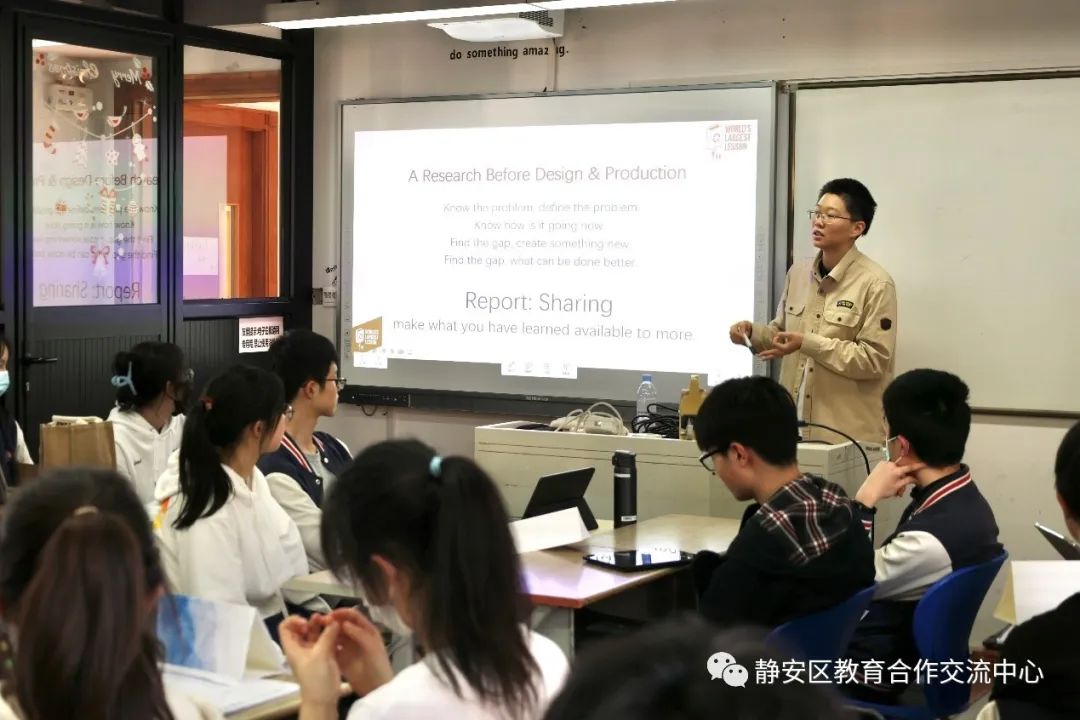
After familiarizing themselves with the materials, students developed an initial understanding of the problems they aimed to address. However, whether the problem is subjective or objective? Research is necessary to determine whether any existing products in the market are related to the group project. What is research? How to do research? What to look for during the research? Following the theoretical explanations, the teacher encouraged students to seek answers through practical experience.

In real-life situations, identifying problems and seeking solutions is the central idea of the camp. What are the problems in our communities? What are the problems in the cities we live in? Guided by the teacher, students engaged in a mind map exercise, contemplating three key aspects: environment, safety, and service. For questions such as “What is the current state of the community’s environment? How is the level of greenery? What safety measures are in place? With the impact of the express delivery and take-out industries, community access control has seemingly shifted from anti-outsider measures to anti-community owner measures. What are your thoughts on this?” The teacher encouraged students to consider the root causes of and solutions to these problems from different perspectives, taking into account their own living environment and surroundings.

During the class discussion, teachers shared their personal views and thoughts, sparking the students’ interest and encouraging a lively exchange. This topic-focused conversation stimulated the students’ thinking processes and facilitated a profound exploration of their projects.
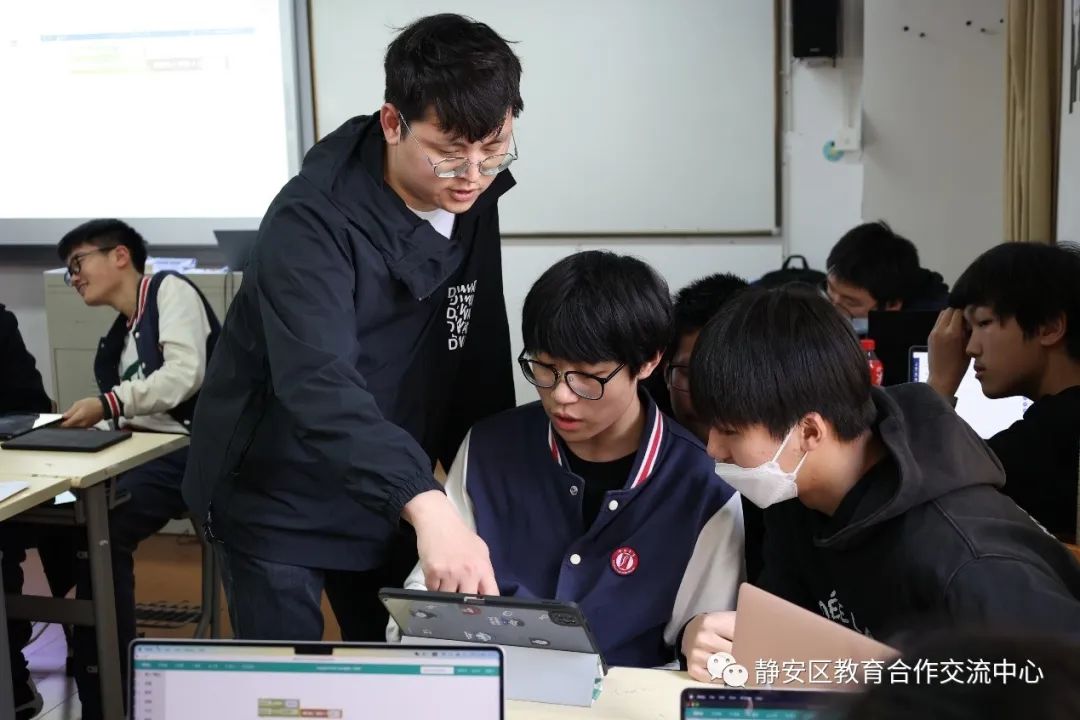
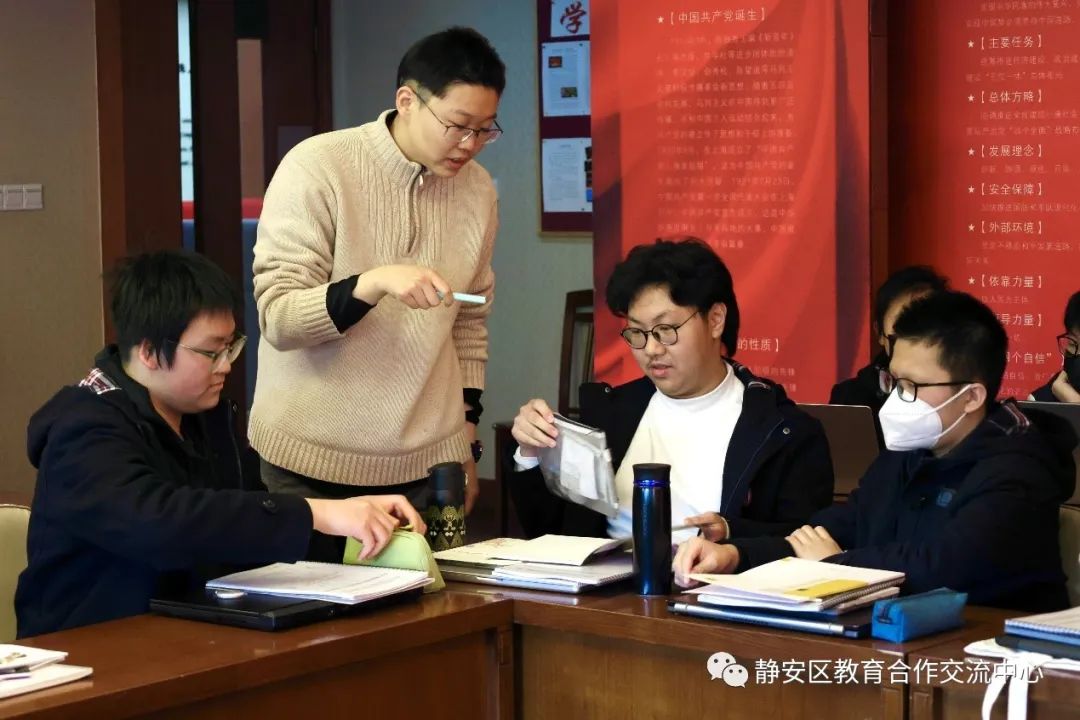
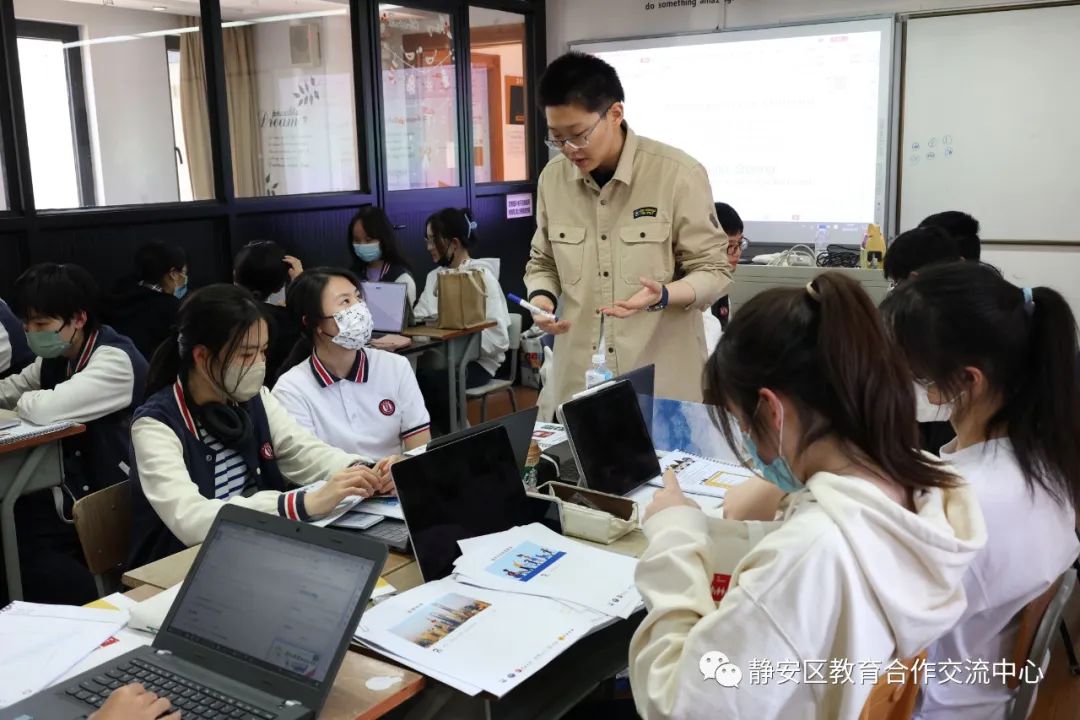
Project Learning—Road Safety and Energy Conservation in Communities
The camp aims to foster innovative project design and enable students to utilize science and technology to solve real-life problems. Through research, topic exploration, and discussions, each group established a general direction for their project. Then, they entered the stage of technical learning, with a focus on community road safety and energy conservation as their initial project area. Considering the road safety challenges in old communities, such as the absence of pedestrian-vehicle separation, narrow corners, and blind spots, the teacher facilitated student thinking and discussion. Two driving problems were identified:
1. How can we address the safety concerns related to blind spots at the corners of community roads?
2. How can we achieve energy-efficient street lamp designs for day, night, and midnight use?

The process of designing solutions based on driving problems and proceeding to hardware connection and programming design represents the fundamental step in the engineering design process. The teacher acted as a guide, fostering a sense of curiosity and interest in learning. Students engaged in active thinking rather than passively learning how to use technology. They strived to understand the purpose and significance behind learning these technologies. After explaining the hardware’s basic working principle, as well as the essential modules and logic of the programming program, the teacher prompted students to engage in group collaboration to connect the hardware and write programs in a hands-on manner. Exploring challenges and learning through practice proves to be effective and meaningful in this learning process.
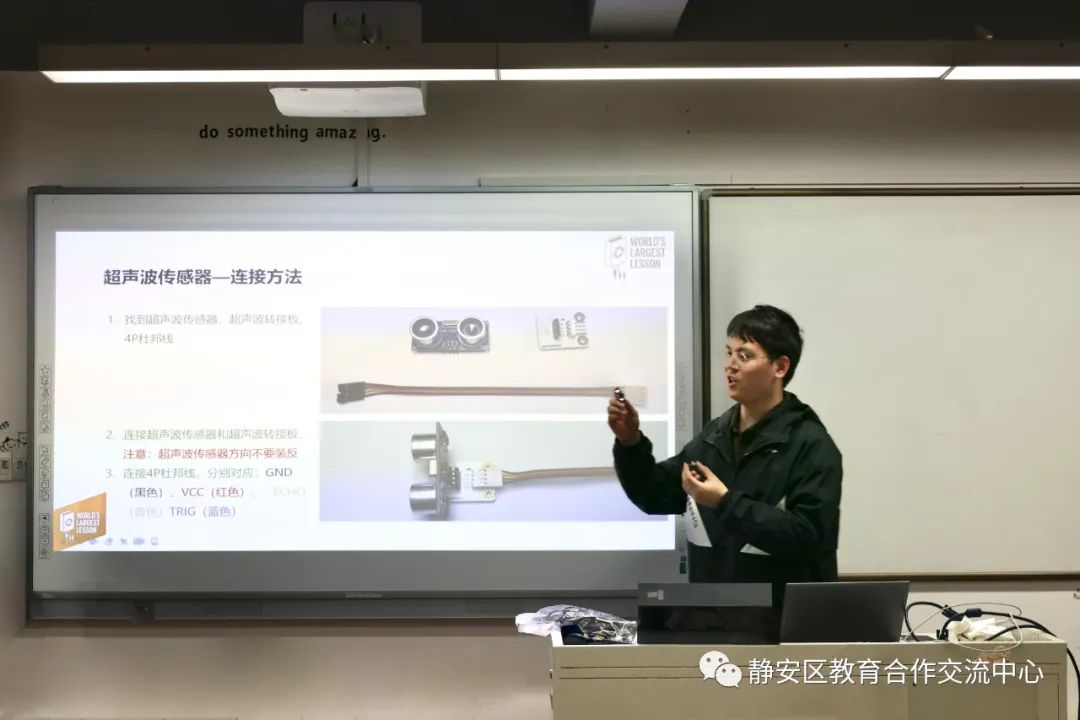
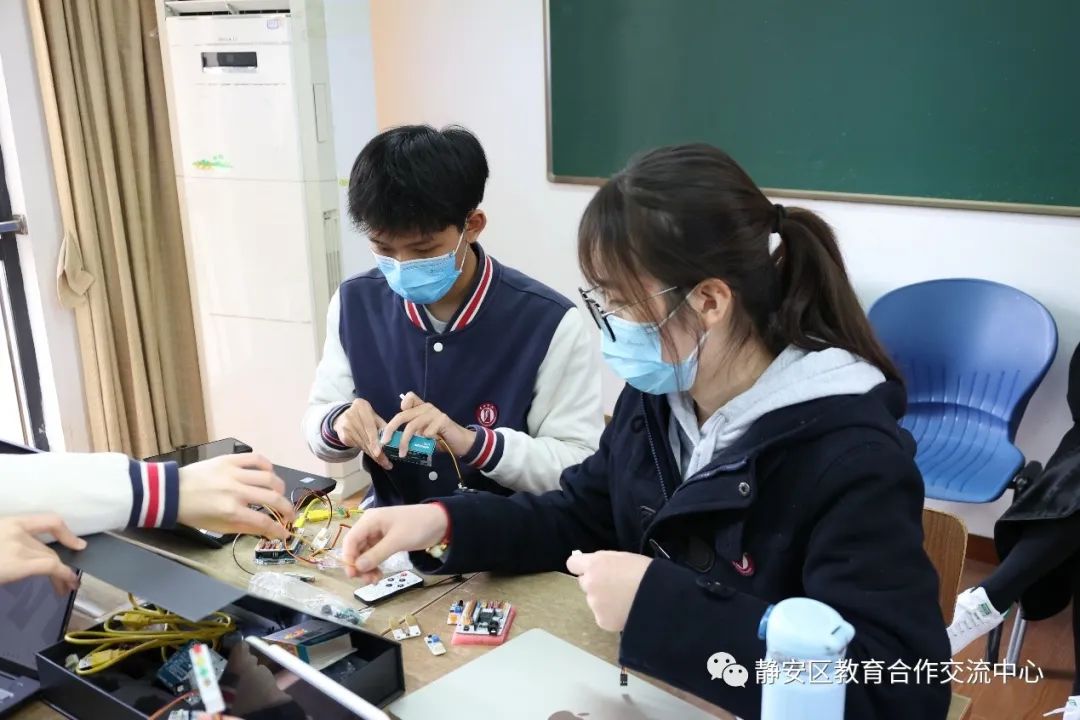
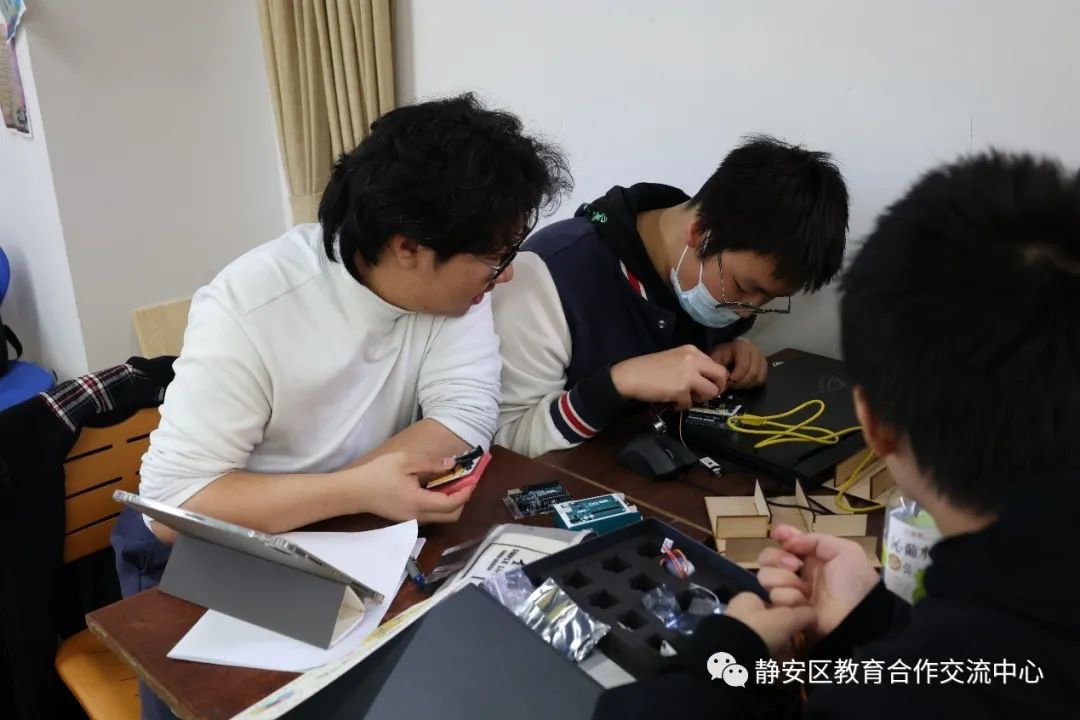
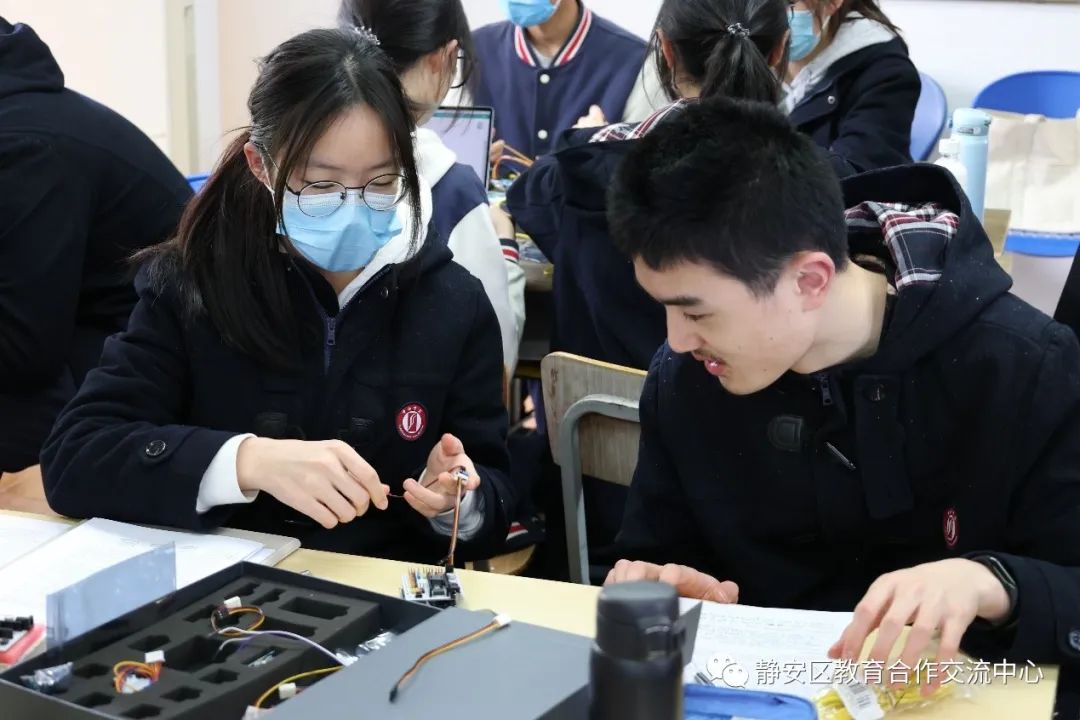
In a practical setting, students gained a comprehensive understanding of open-source hardware such as Arduino, expansion boards, obstacle avoidance sensors, photosensitive sensors, ultrasonic sensors, and photosensitive resistors. Through collaboration, they learned to connect the hardware, develop control programs, and build models. Ultimately, they successfully accomplished the anticipated outcomes for each challenging task.


Reflection and Summary—For Better Learning
At the conclusion of each class, the teacher guided students in reviewing the day’s lesson, reflecting on their progress and challenges during classroom learning. The teacher emphasized the importance of continued thinking and independent research beyond the classroom.
After completing the initial phase of the study, students developed a deeper understanding of the camp’s learning theme, “Sustainable Cities and Communities”. They eagerly anticipated the subsequent learning. In the next session, teachers expect students to apply their acquired knowledge of hardware modules and programming in designing a small project and showcase their projects during a roadshow presentation.
Looking forward to their first project roadshow!